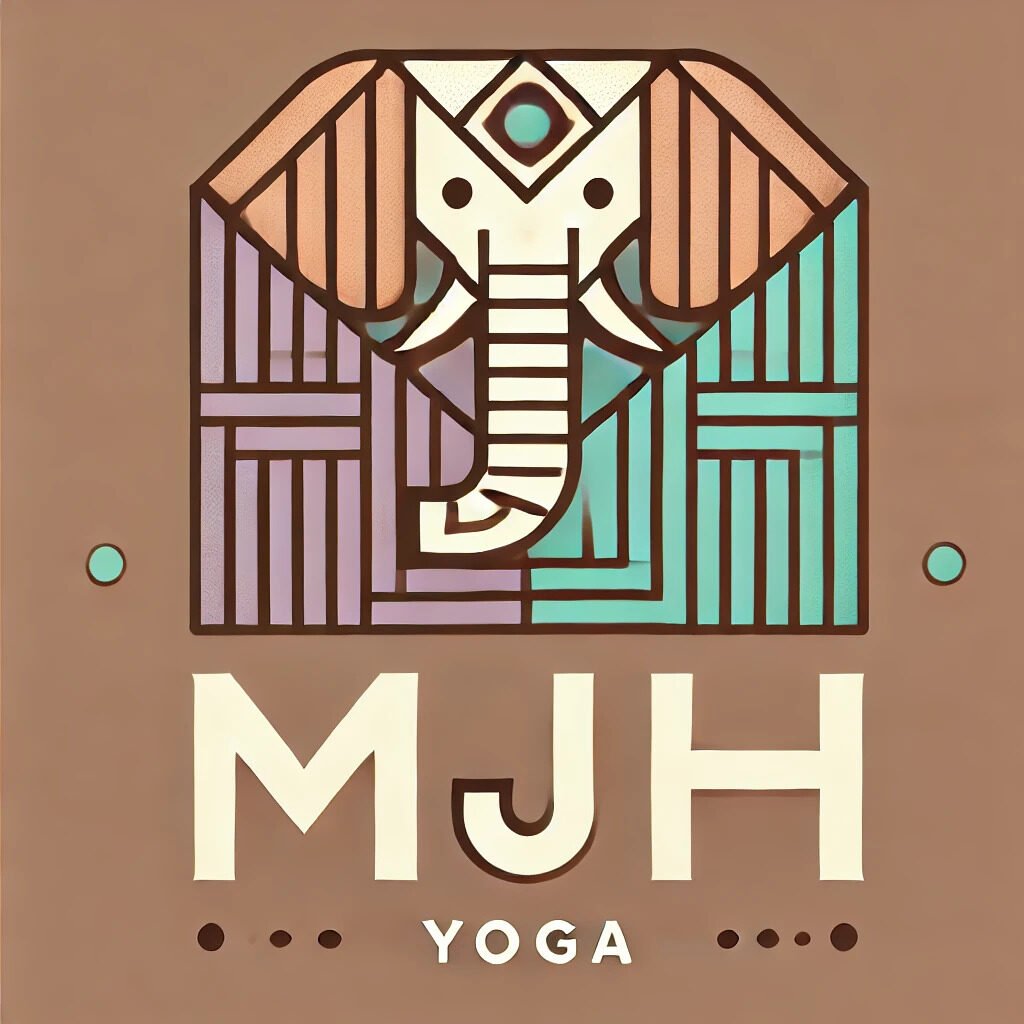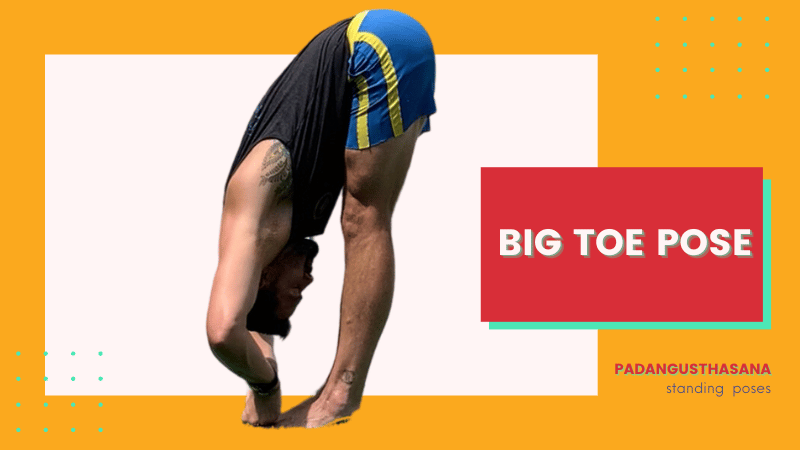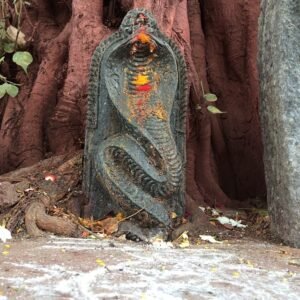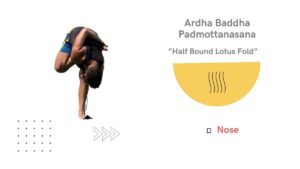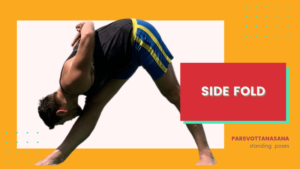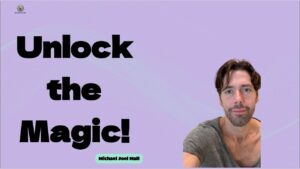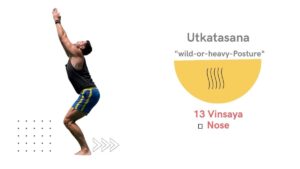Exploring Padangusthasana & Padahastasana in Your Ashtanga Practice
As an Ashtanga yoga practitioner, you know that the power of your practice lies in its structure. The count is more than just a rhythm; it’s a guide to embodying each posture fully, allowing for deeper awareness and connection within your body. In this exploration, we will dive deep into two foundational asanas: Padangusthasana and Padahastasana. These forward bends not only stretch the posterior kinetic chain but also teach us the importance of balance, alignment, and breath.
Uttanasana: A Symmetrical Pose
Uttanasana serves as a symmetrical pose, revealing asymmetries and imbalances that may exist in your body. It positions the head below the heart, acting as a gentle inversion that encourages introspection during rest periods in your practice.
Looking Place: Nose
Direct your gaze to your nose during these postures, promoting a focus that can enhance concentration and mindfulness.

Anatomy of Uttanasana
UTTANASANA: INTENSE FORWARD-BENDING POSE
This pose effectively lengthens the hamstrings and calf muscles while providing a secondary stretch to the back. Consider using a technique called triangulation to enhance your stretch experience. By activating your quadriceps, you can create space for deeper engagement in the hamstrings.
Performing the action of flexing the trunk while engaging your leg muscles allows for a deeper exploration of Uttanasana’s profound benefits. If reaching the floor is challenging, start with bent knees or grasp your legs for support. Allow the innate wisdom of reciprocal inhibition to guide you: engage those quadriceps to signal the hamstrings to relax and release into the stretch.
Basic Joint Positions
- The hips flex.
- The trunk flexes.
- The femurs internally rotate (slightly).
- The knees extend.
- The cervical spine is neutral.
- The shoulders flex overhead.
- The elbows flex.
- The forearms pronate.
Synergizing/Activating
Pelvis and Legs
- The psoas, pectineus, and rectus femoris help flex the hips.
- The gluteus medius and tensor fascia lata turn the hips slightly inward.
- The quadriceps contract, facilitating knee extension and relaxing the hamstrings.
- The adductor muscles draw the thighs together.
Trunk, Shoulders, and Arms
- The rectus abdominis contracts, aiding trunk flexion.
- The lower trapezius draws the shoulders away from the neck.
- The deltoids and biceps coordinate movements to deepen the pose.
Preparation
Tightness in the hamstrings or back can limit your ability to fold deeply. Begin by resting on a chair, allowing your body to acclimate before gradually straightening the knees through quadriceps activation. Another method involves practicing Paschimottanasana to prepare your body for Uttanasana.
Practice Steps
STEP 1: Flex the trunk by activating the rectus abdominis, signaling the lower back to relax. Tilt the pelvis forward.
STEP 2: Engage the quadriceps to straighten the knees, gently dragging your feet apart to adjust the femurs so the kneecaps face forward.
STEP 3: With palms fixed, try bending the elbows to draw the trunk toward the thighs.
STEP 4: Activate the lower trapezius to draw shoulders away from the ears while maintaining hand placement.
Conclusion
As you explore the interplay between Padangusthasana and Padahastasana, remember the importance of the count. Each inhale and exhale guides the unfolding of your physical practice, allowing you to connect to your inner self. To delve deeper into the nuances of the count and refine your practice, check out this comprehensive resource: Padangusthasana & Padahastasana Count Guide.
